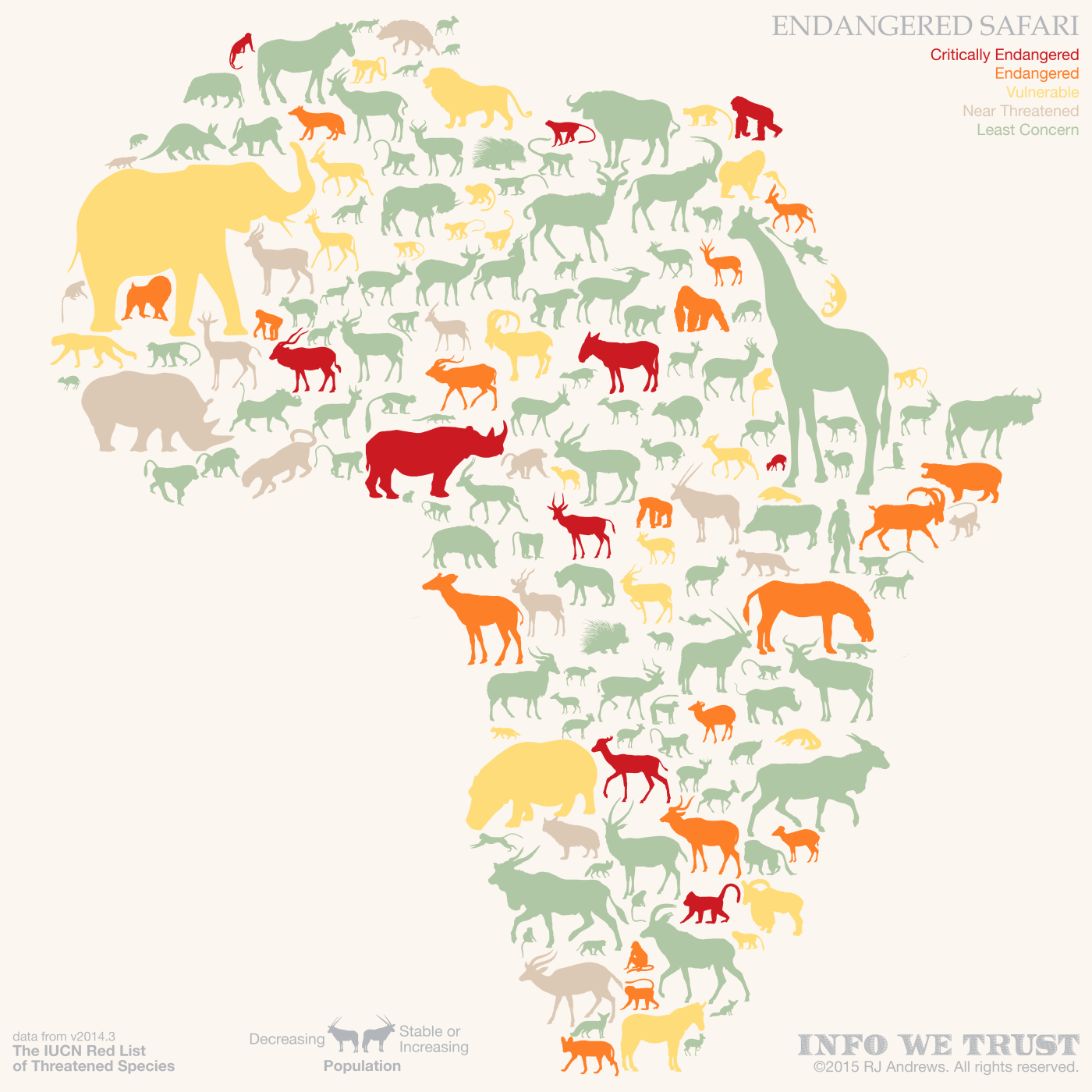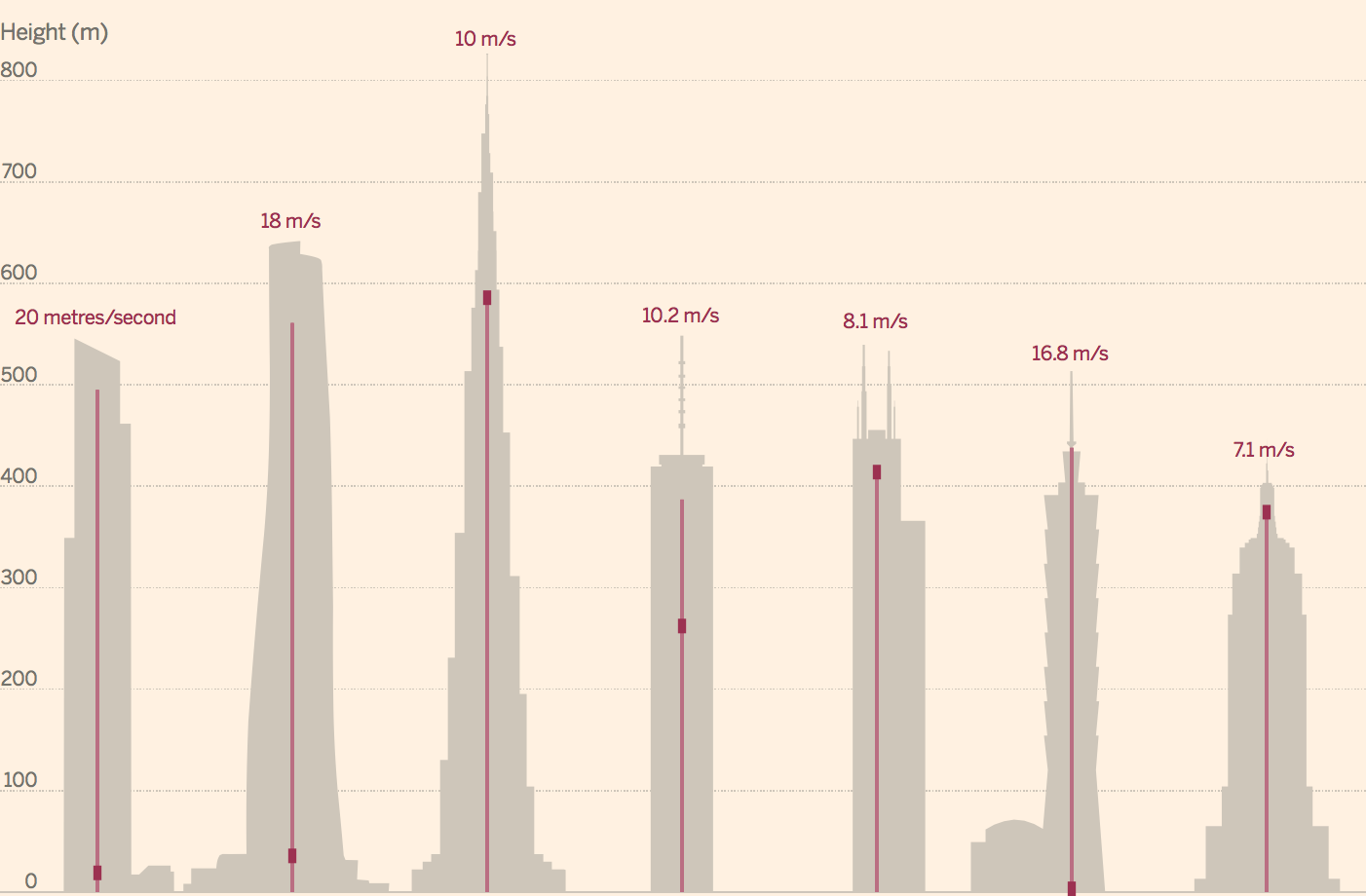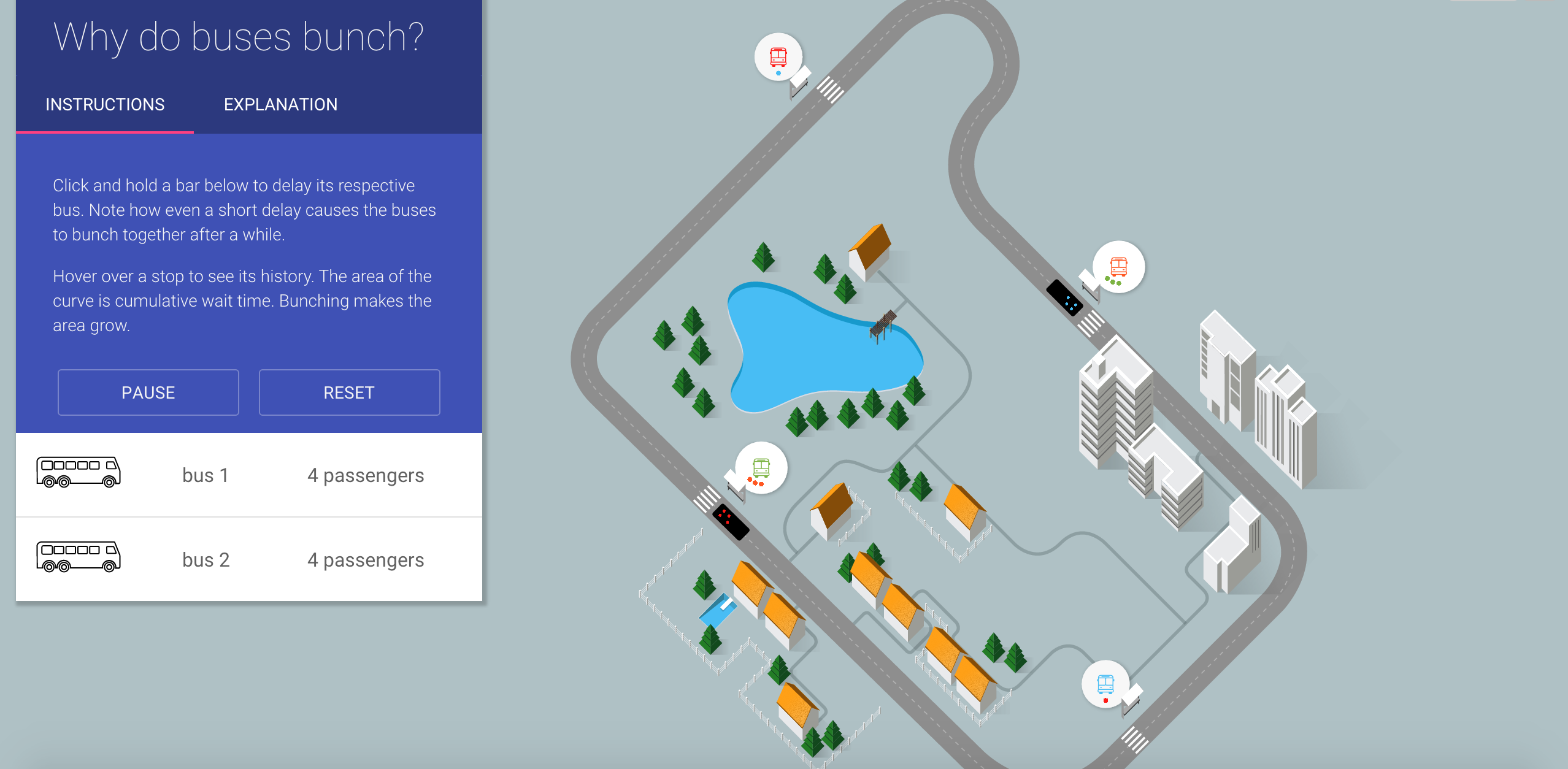 Insight ICYMI – Weekly roundup of best bits Vol.17
Insight ICYMI – Weekly roundup of best bits Vol.17
Stamen
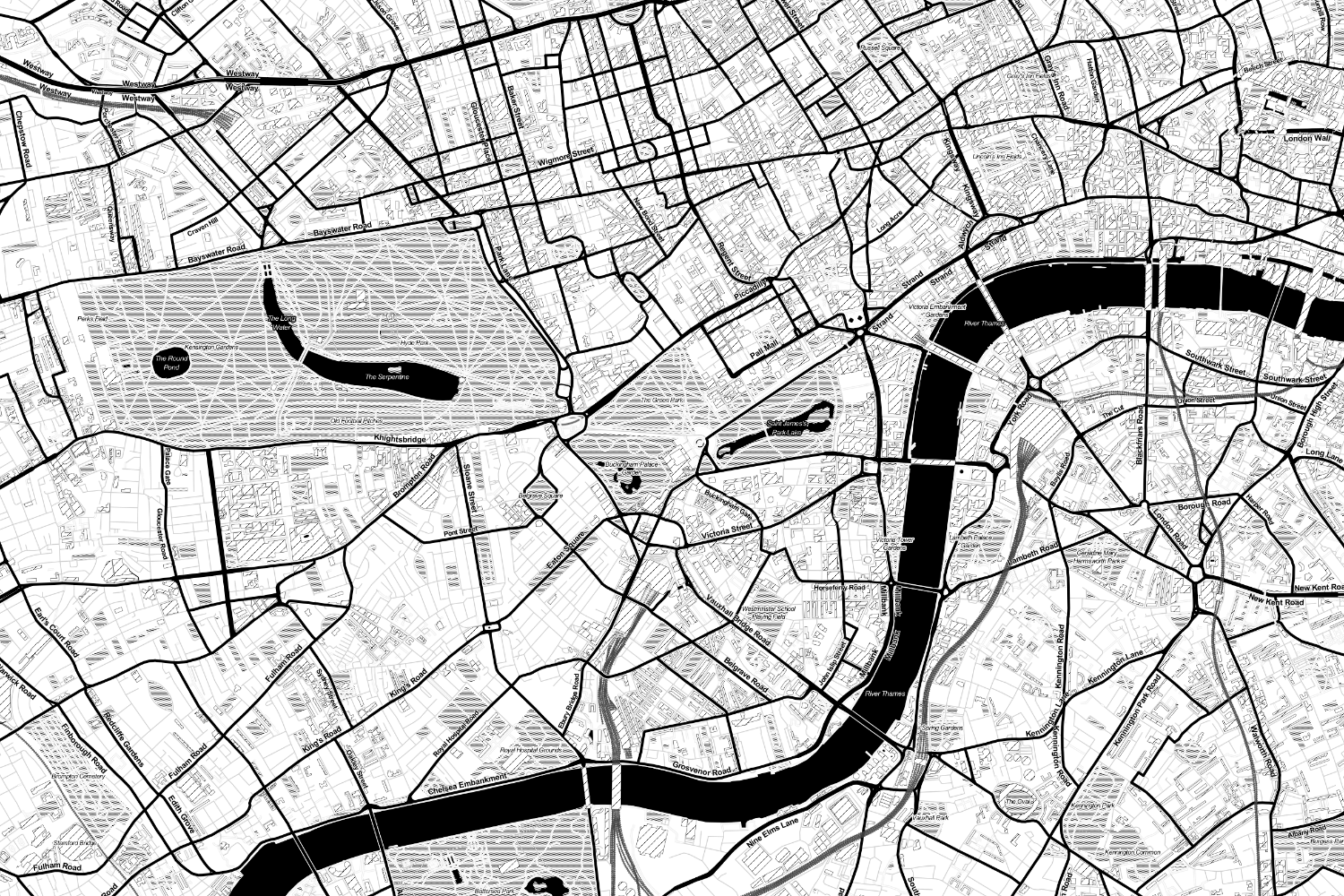
We’re all accustomed to the ease and functionality of Google maps but there’s one thing missing – individuality. Stamen have addressed this beautifully making best use of Google’s API and creating these treatments for you to adopt into your own maps. There’s six to choose from mild to wild, thanks to Antonio Lulic, instructor at General Assembly for the find!
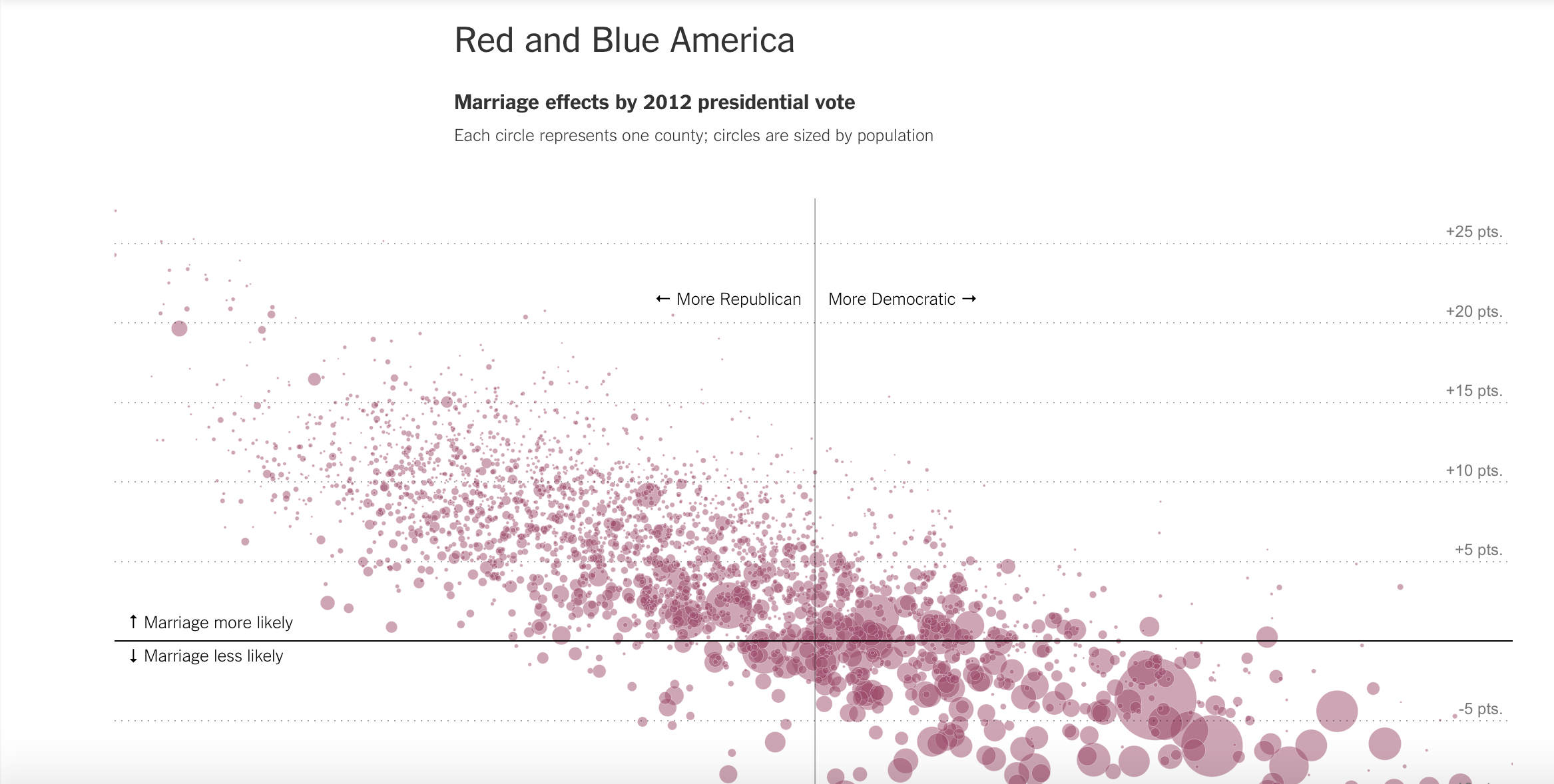
From catching waves to riding them out 🙂 Here’s yet another effective data visualisation from the NYT The Upshot showing new data on how growing up in some places — especially liberal ones — makes people about 10% less likely to marry relative to the rest of the country. It will be interesting to see similar data for London and other major cities to compare and contrast.
The distinction between data presentation and data art is often fuzzy, especially as the growing availability of tools now allows practically anyone to begin visualising a wealth of information available to them. And with all of us leaving a trail of data footprints, there is plenty of information available to create the unultimate form of self-expression. An article from The Atlantic showcases many fantastic examples from those who have taken it upon themselves to do just that. Data art is often frowned upon, especially by those in academia, however it from those creative minds that we may discover new ways to bring data to life. The boundaries between practices are becoming increasingly blurred, however we are all free to draw the line wherever we choose.

